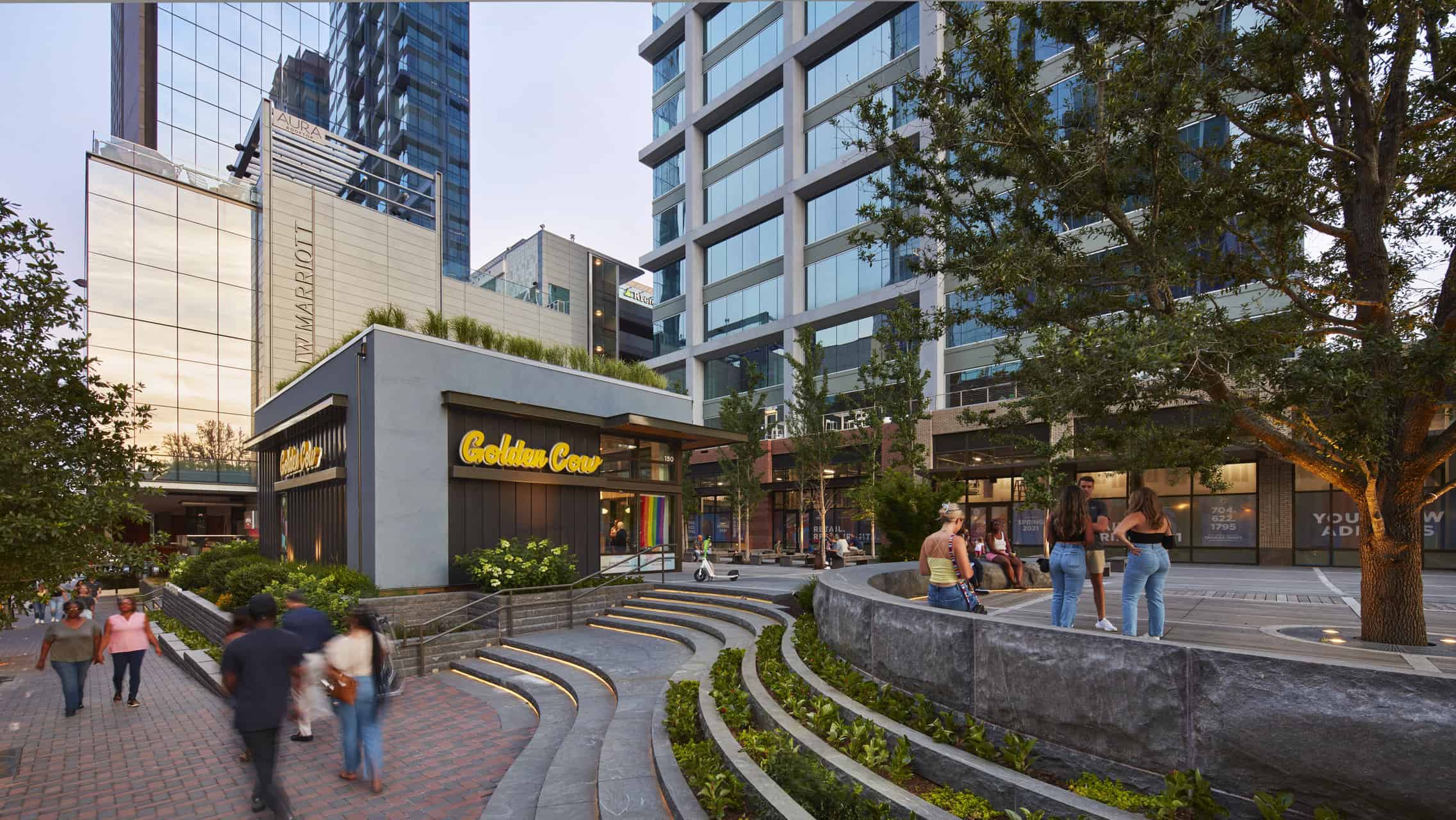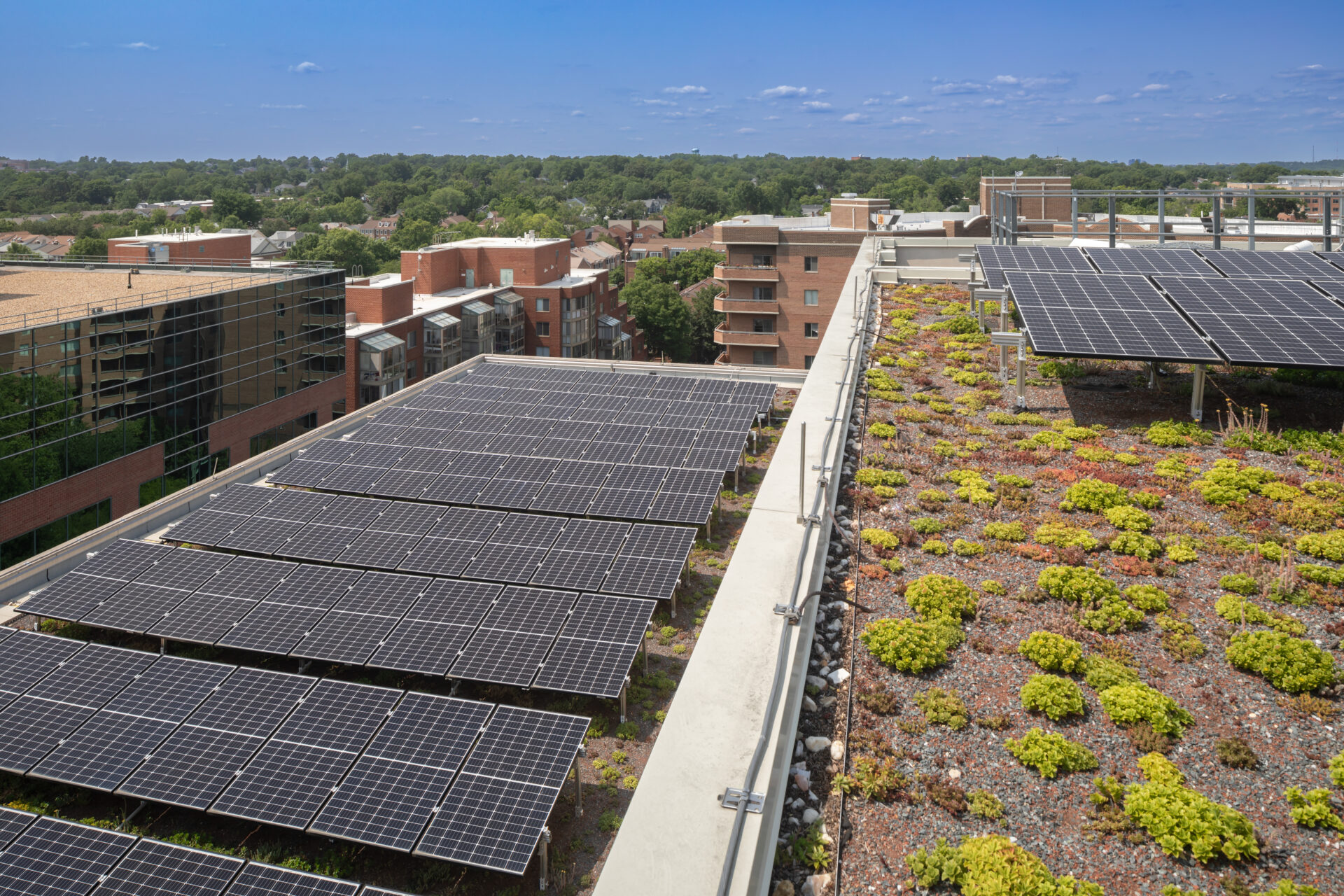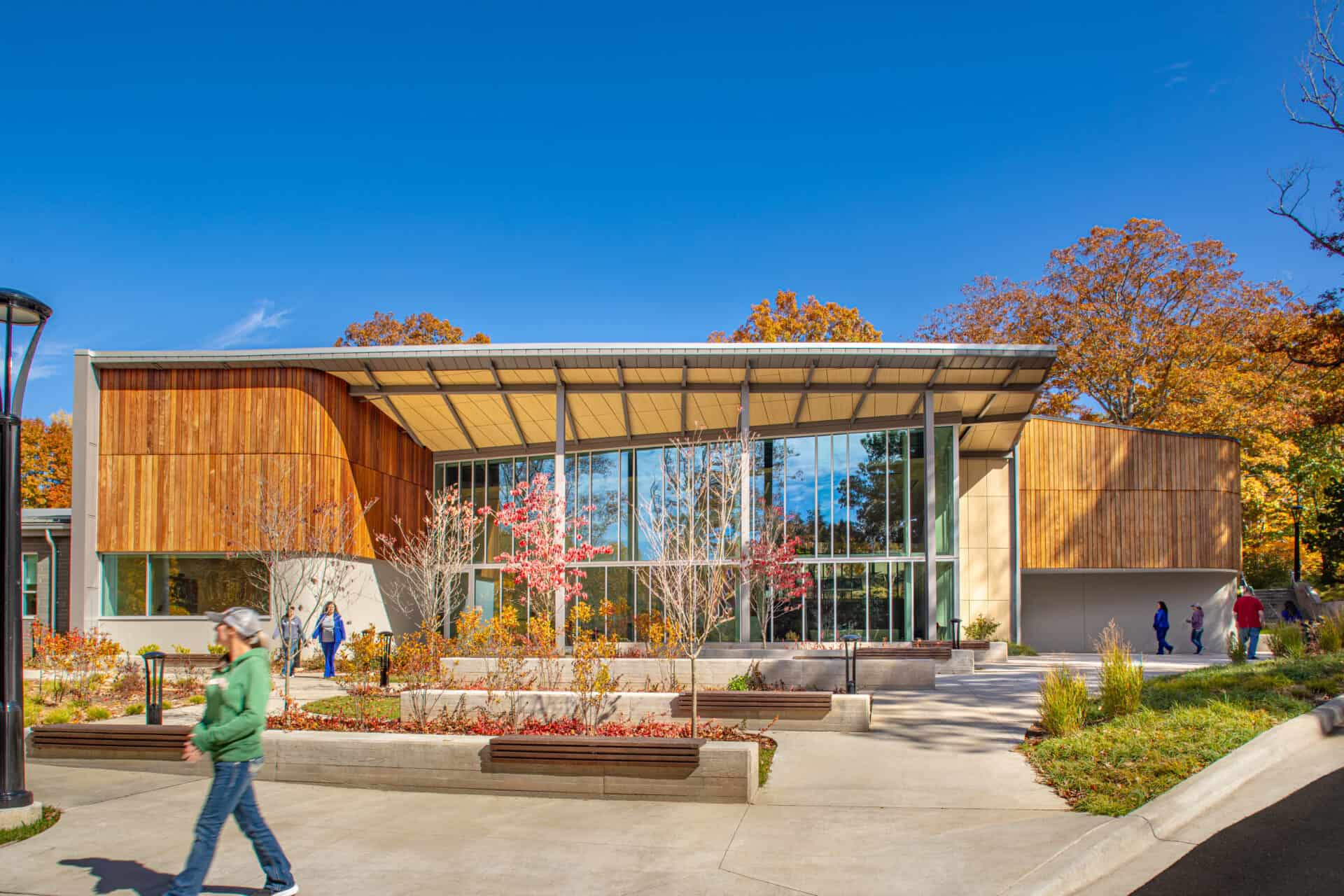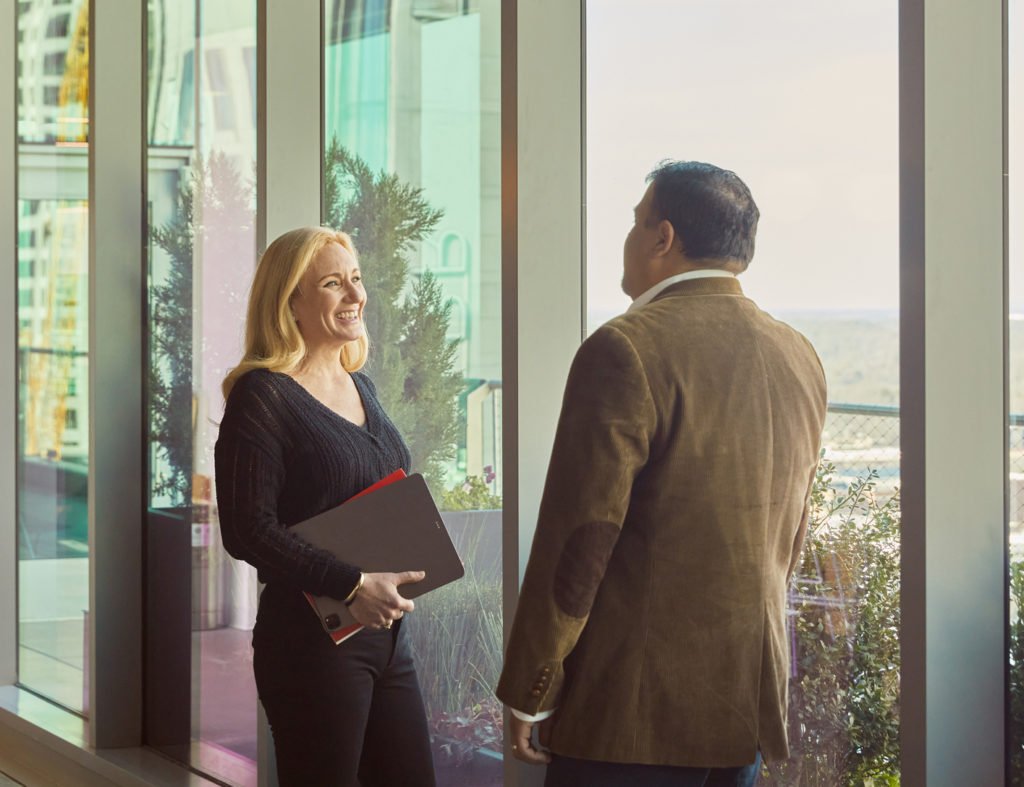Health
We will design environments that elevate the health and wellness of people who use them.
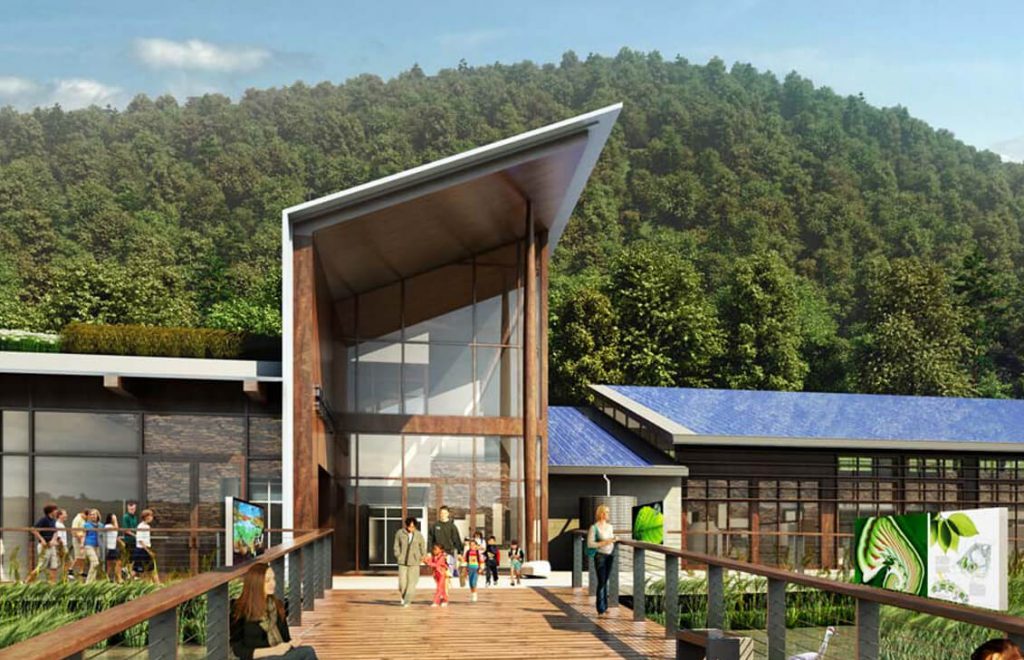
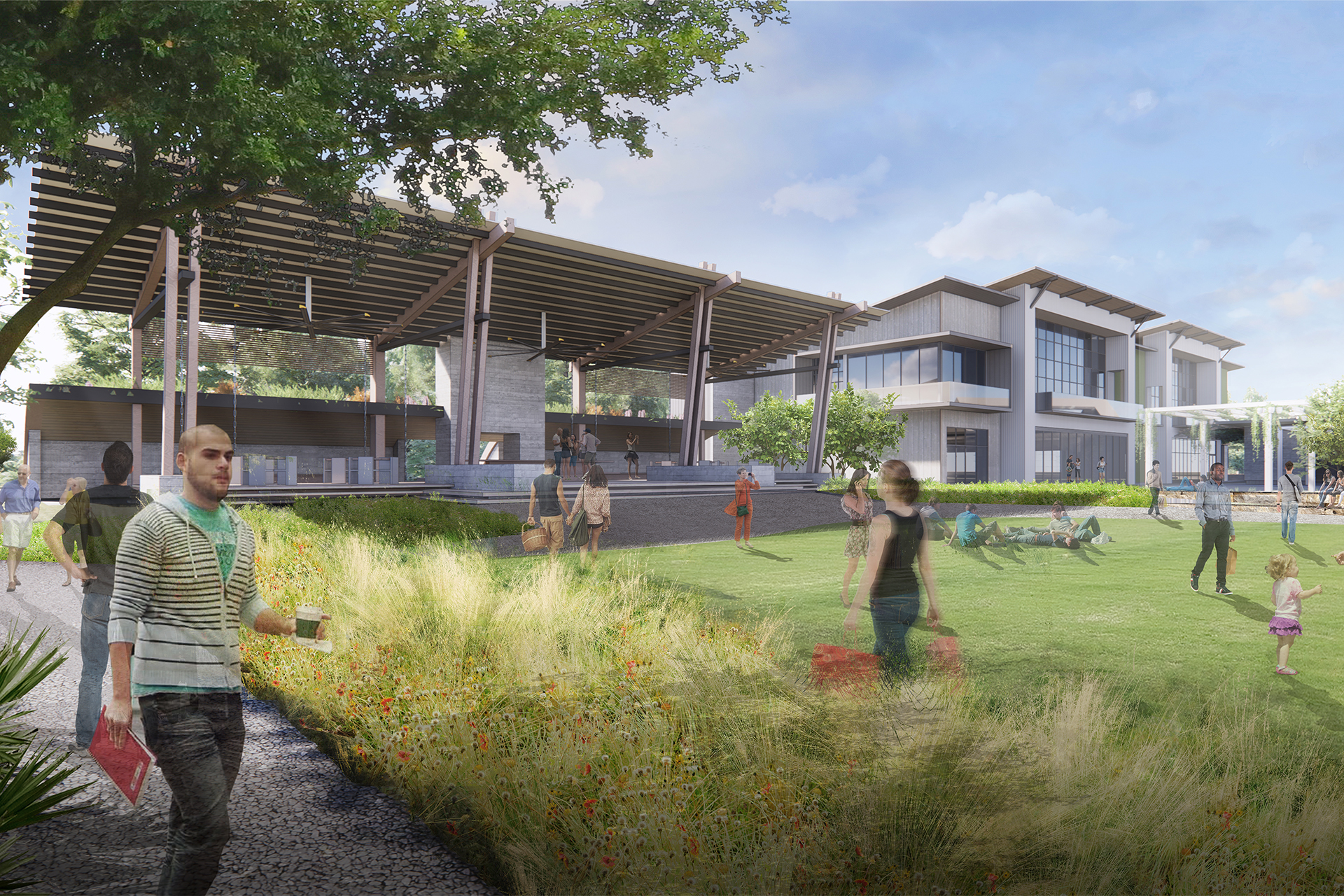
Little is fully committed to transparency on our journey toward a regenerative future, and we are excited to share our progress as we unveil our annual sustainability report. We hope you are inspired by this report, as we firmly believe that regeneration is a collaborative effort.
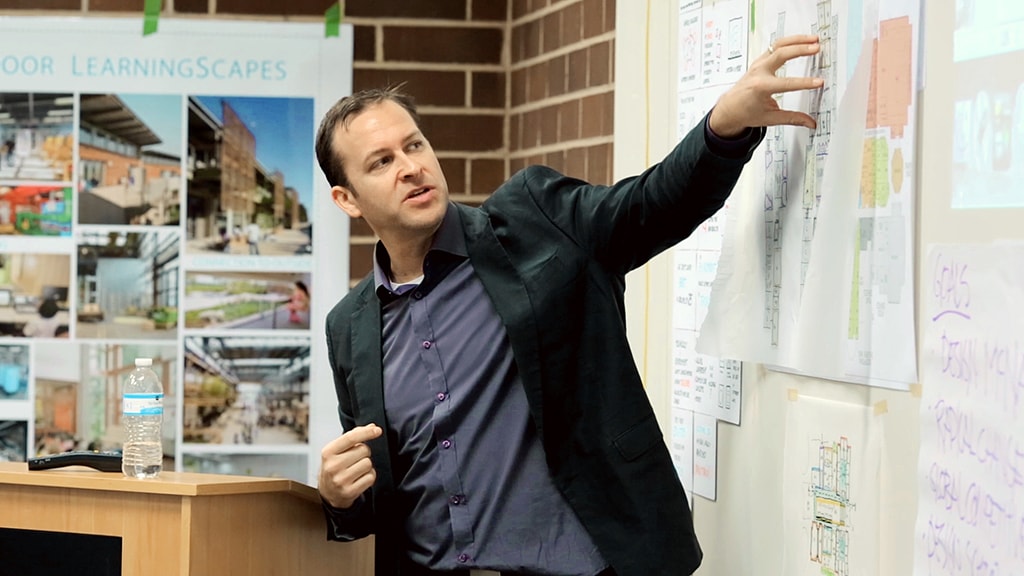
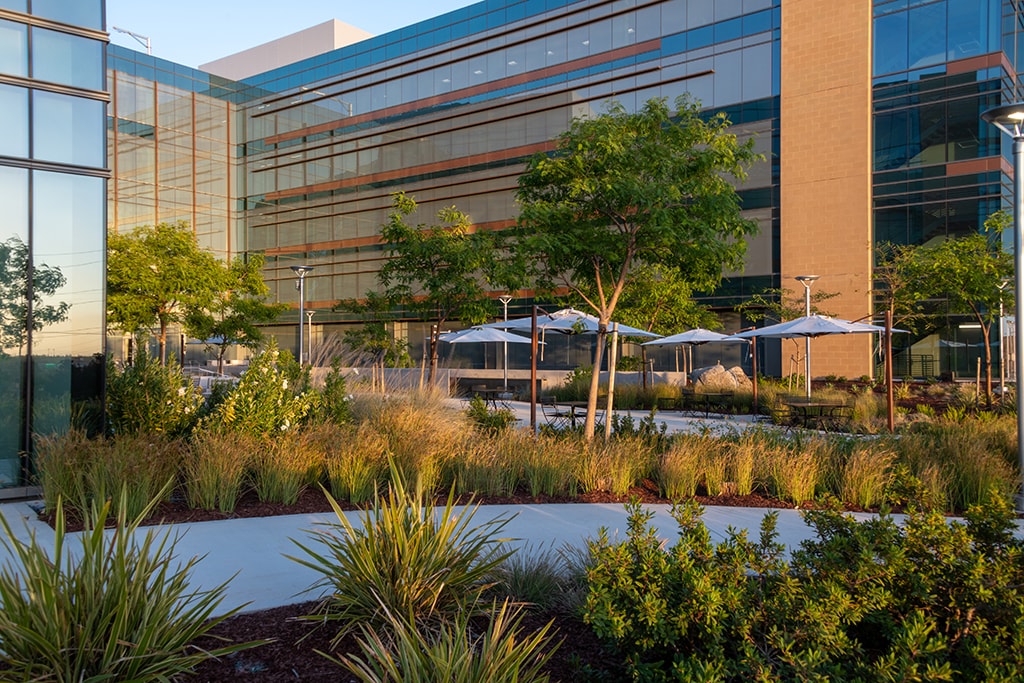
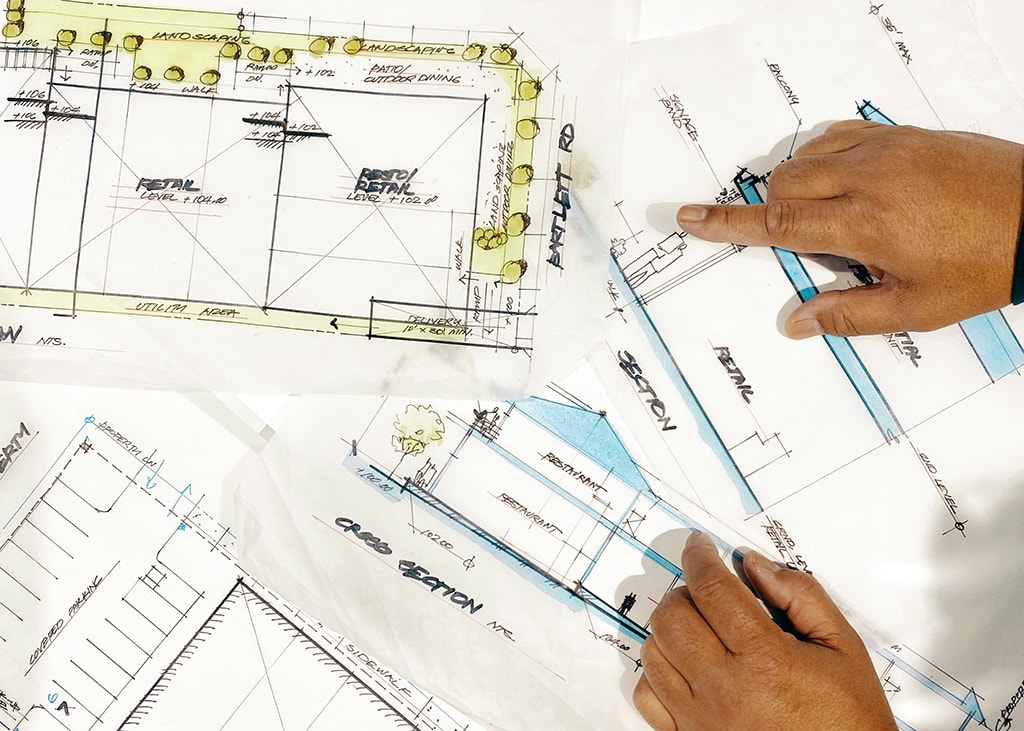
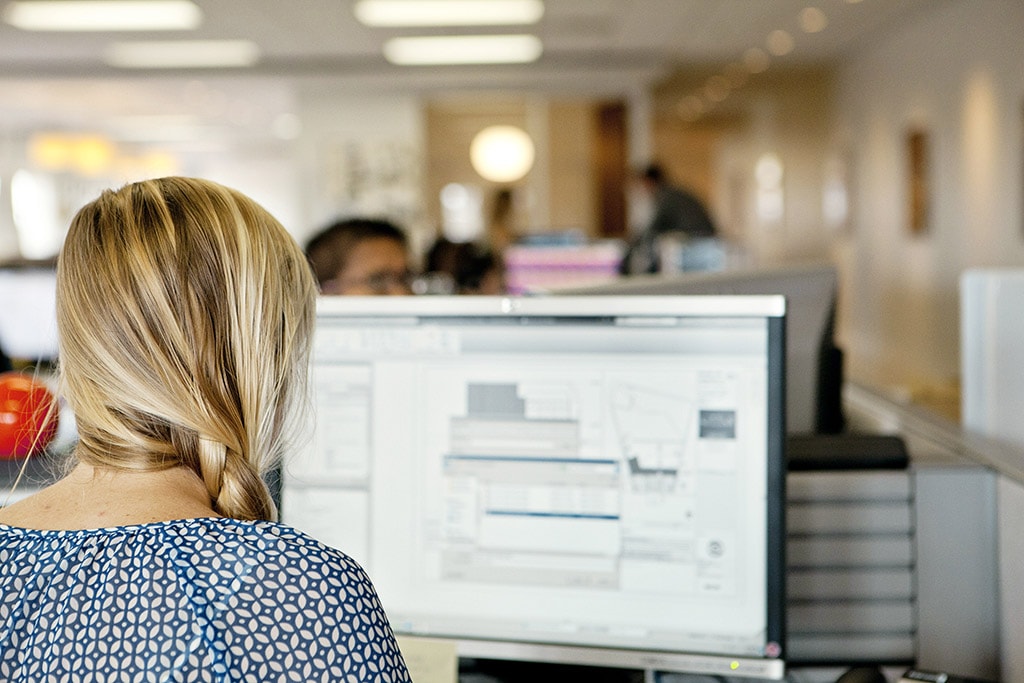
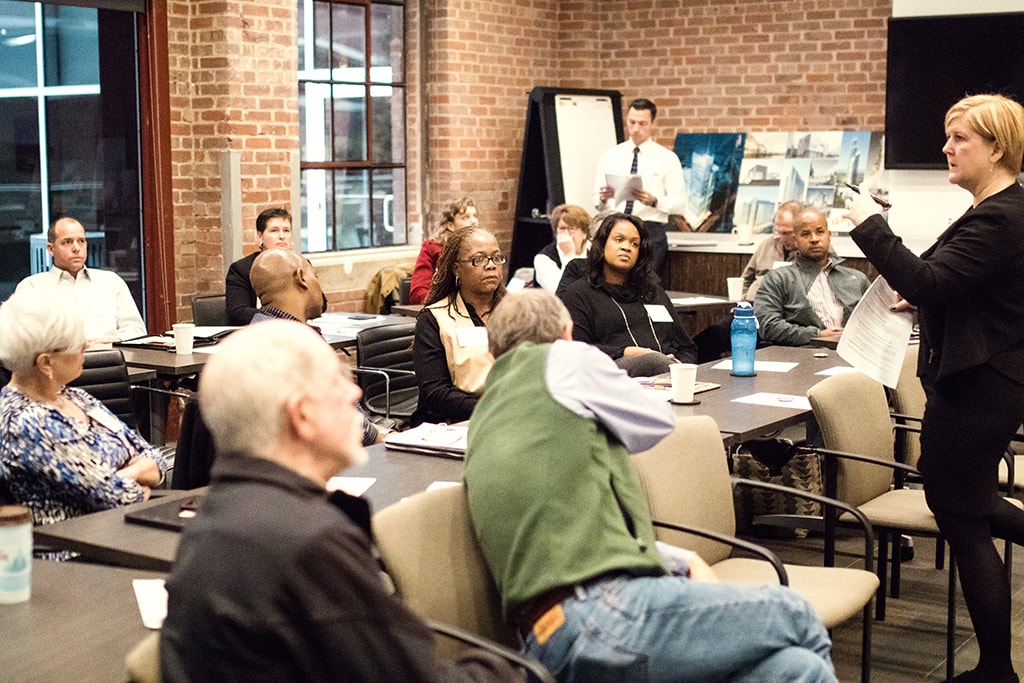
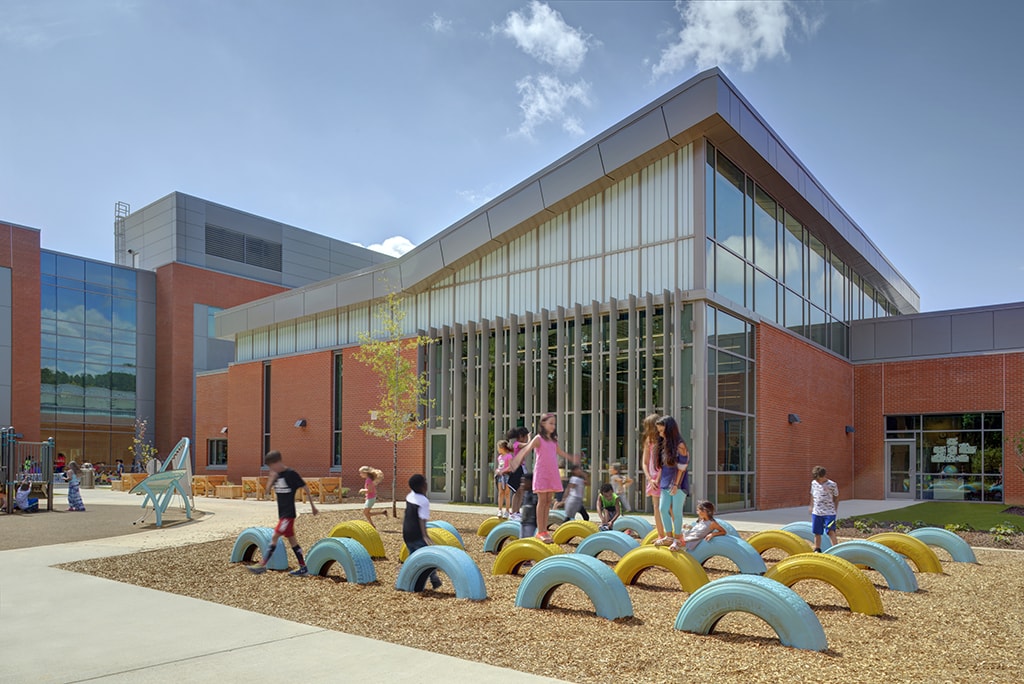
01 Engage our transdisciplinary design team and integrative project process
02 Set measurable goals and benchmarks for health, energy, water, and social equity
03 Review your project's life cycle analysis and understand the true ROI
04 Collect data, document, and communicate your project's performance
05 Understand your design needs with a connection to the community in mind
06 Pursue carbon neutrality to create a better future for all






01 Engage our transdisciplinary design team and integrative project process
02 Set measurable goals and benchmarks for health, energy, water, and social equity
03 Review your project's life cycle analysis and understand the true ROI
04 Collect data, document, and communicate your project's performance
05 Understand your design needs with a connection to the community in mind
06 Pursue carbon neutrality to create a better future for all

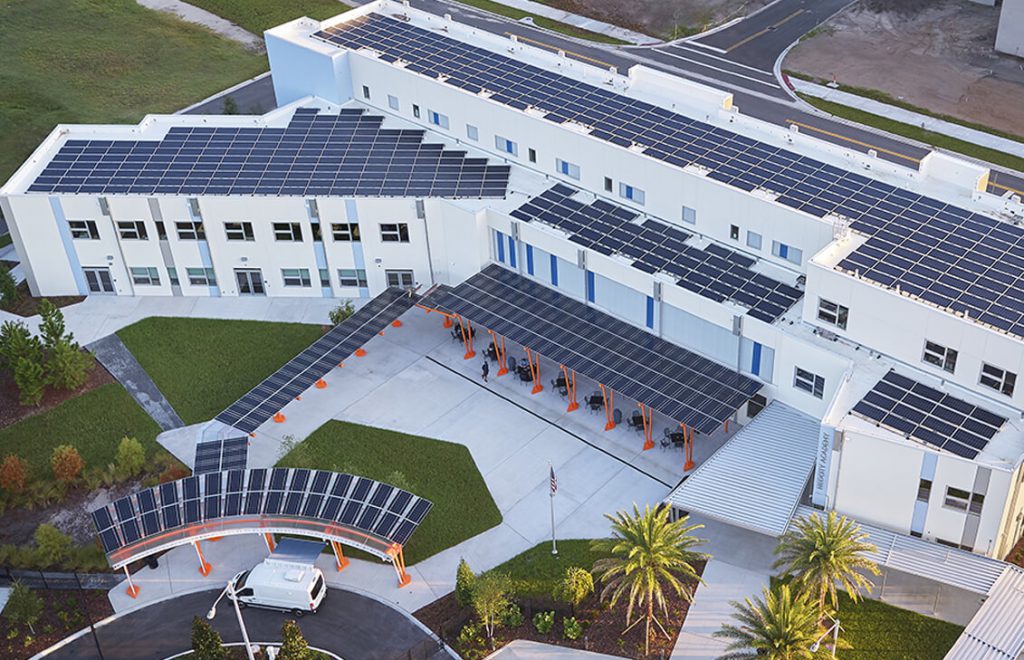
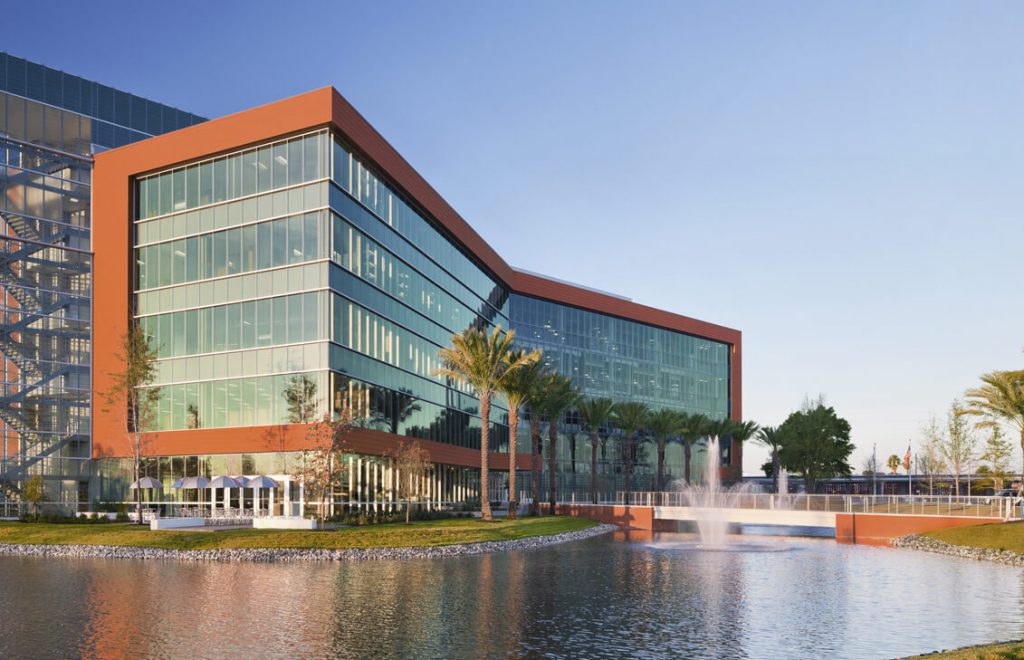
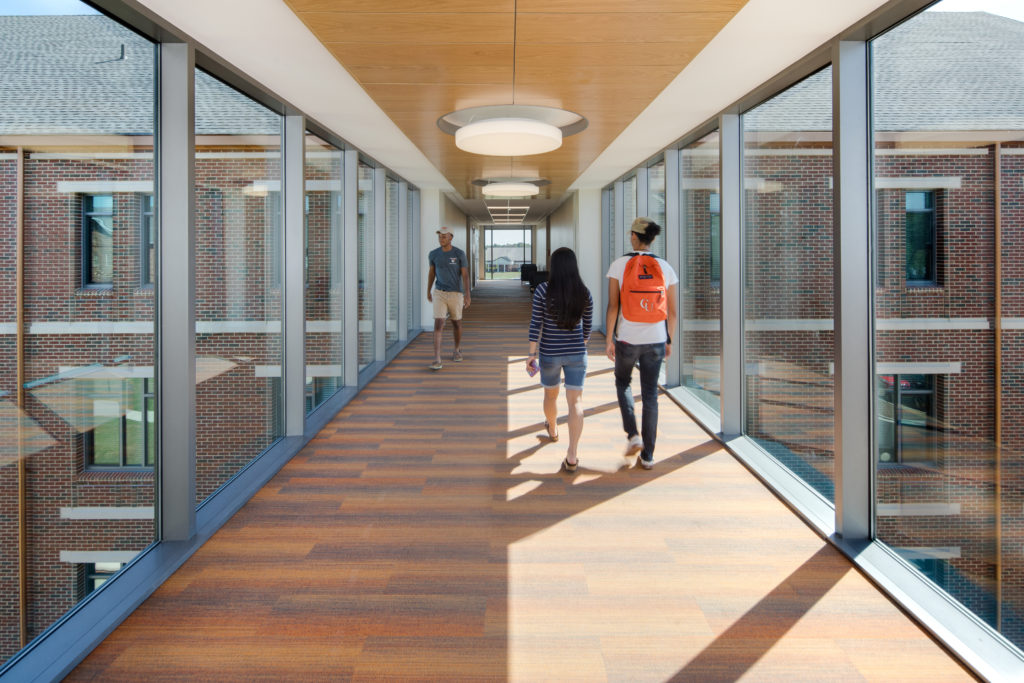

AIA, LEED BD+C, WELL AP
CEO + Partner
Early adopter for buildings to be carbon-neutral by 2030
Engineers advocate for and achieve net zero carbon in projects, operational carbon by 2030 and embodied carbon by 2040
Achieving net zero embodied carbon structural systems by 2050
Little’s adoption of the 2030 Challenge in 2008 confirms our commitment to designing projects that will achieve an energy consumption performance standard of 50% of the regional (or country) average for that project’s building type.
We adopted the 2030 Challenge because we have the responsibility and obligation to create energy efficient environments that reduce energy and water use. Doing so will not only improve the performance of our clients, it will also enhance people’s lives.
Every five years the standard will increase by an additional 10%, achieving carbon-neutral buildings in the year 2030.
